|
Pincushion Cactus
|
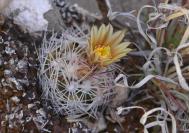
|
Twenty Years of Endangered Species
When the Malpai Group was getting started 20 years ago we really didn't plan on becoming endangered species experts. Our region has one of the highest number of listed species known from any comparable area, with nearly 30 endangered species that live here full time, or migrate through during part of the year. When we thought about endangered species at all, it was mostly to wonder what problems they would cause for us. We certainly didn't think of them as an asset. However, one-by-one, need arose to learn more about our listed species. The Group's efforts have gradually taken a leading role in developing information about the ecology and management needs for several species. We discovered that in some situations their presence can actually be an aid to achieving our landscape goals. |
|
Continued »
|
|
| |
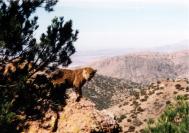
|
Jaguar
In early spring of 1996, Warner Glenn and his daughter Kelly were on a mountain lion hunt in the Peloncillo Mountains when they got on the trail of what appeared to be a large lion. When Warner finally caught up to it, the “lion” turned out to be a jaguar. As luck would have it, Warner had a full roll of film in his camera. The photos he took of the jaguar were the first ever taken of a wild jaguar in the United States. Jaguars have occasionally been seen in Arizona over the years, one as far north as the Grand Canyon in 1932, but all seem to have been wandering individuals, with no clear evidence of a population north of the Mexican border. |
|
Continued »
|
|
| |
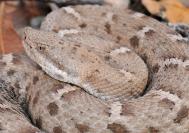
|
New Mexico Ridge-Nose Rattlesnake
One of the Groups' major efforts has been to work with land managers to return fire to the landscape as a natural ecological process that is necessary to sustain and restore grassland and savanna woodland habitat. The early steps to accomplish this have been to plan a series of prescribed burns which are beginning to get vegetation structure back into a healthy equilibrium with periodic fire. |
|
Continued »
|
|
| |
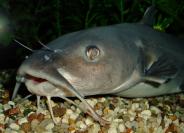
|
Rio Yaqui Fishes
The San Bernardino Valley, on the West side of the Malpai region, is the northern tip of the watershed for the Rio Yaqui, a river which flows for 300 miles south from here to its mouth on the Gulf of California. The species of fish found in the Rio Yaqui are different from any found in other rivers in the United States. |
|
Continued »
|
|
| |
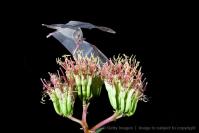
|
The Lesser Long-Nosed Bat
The lesser long-nosed bat is a migratory species that spends the summer in the Malpai area. These bats spend most of the year to the south in Mexico, where they can find enough nectar and fruit from tropical trees to feed them through the winter. |
|
Continued »
|
|
| |
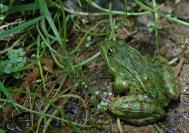
|
Chiricahua Leopard Frog
One of the first endangered species projects the Group got involved with was to help the Magoffin family develop reliable water for a Chiricahua leopard frog population. Beginning in 1994 a stock tank that had supported the frogs for many years began to go dry. The Magoffins started hauling water, 1,000 gallons per week, for what turned out to be over two years. |
|
Continued »
|
|
| |
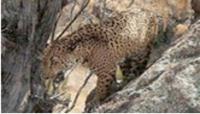
|
2006 Jaguar
A new jaguar photo was taken by Warner Glenn in the Malpai Borderlands in 2006, 10 years after he photographed the first jaguar in the area. It is not the same jaguar that Warner photographed in 1996. The spot patterns were different. This jaguar also was a large male. He was in beautiful shape. Looked to be an older cat. Seven people saw the cat as it went on its way. |
|
Continued »
|
|